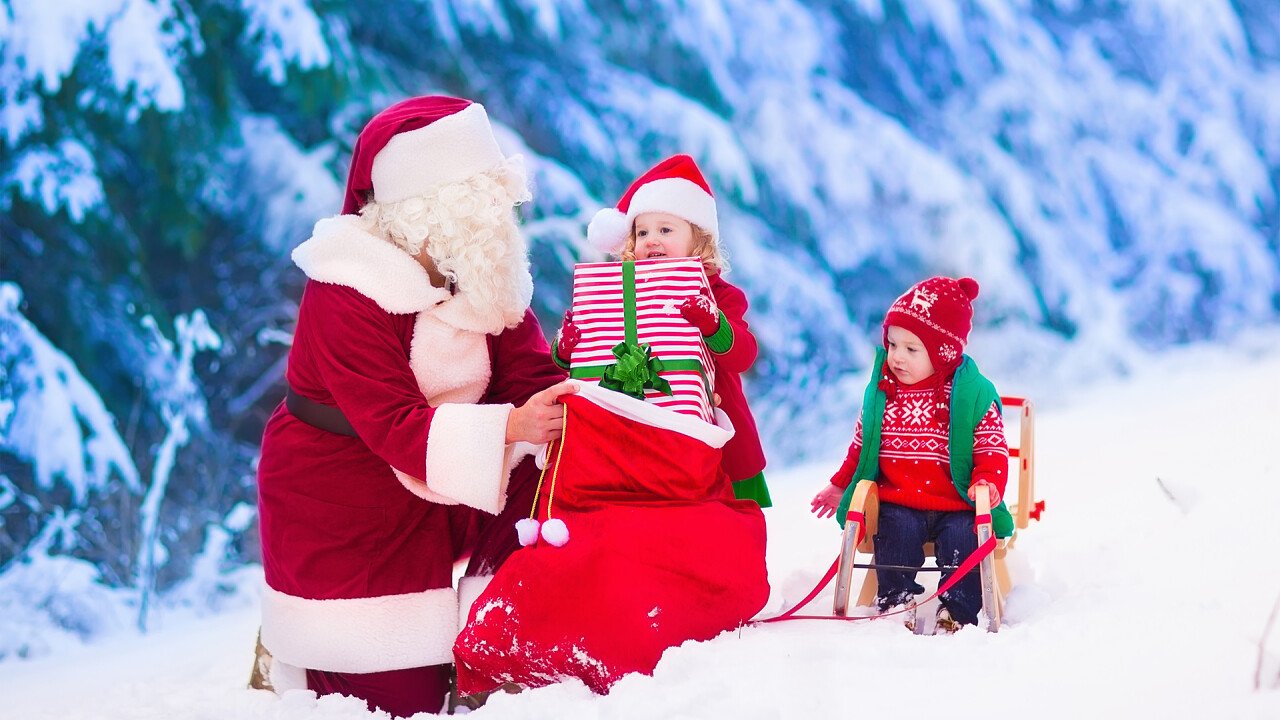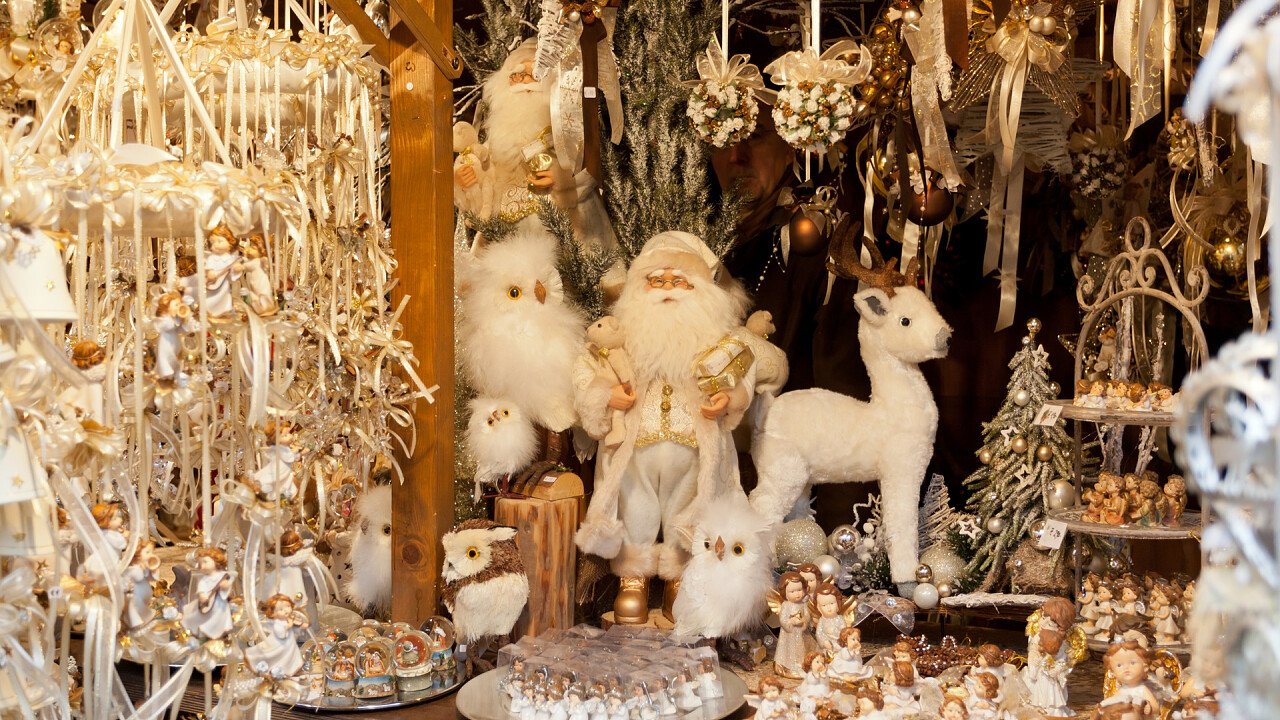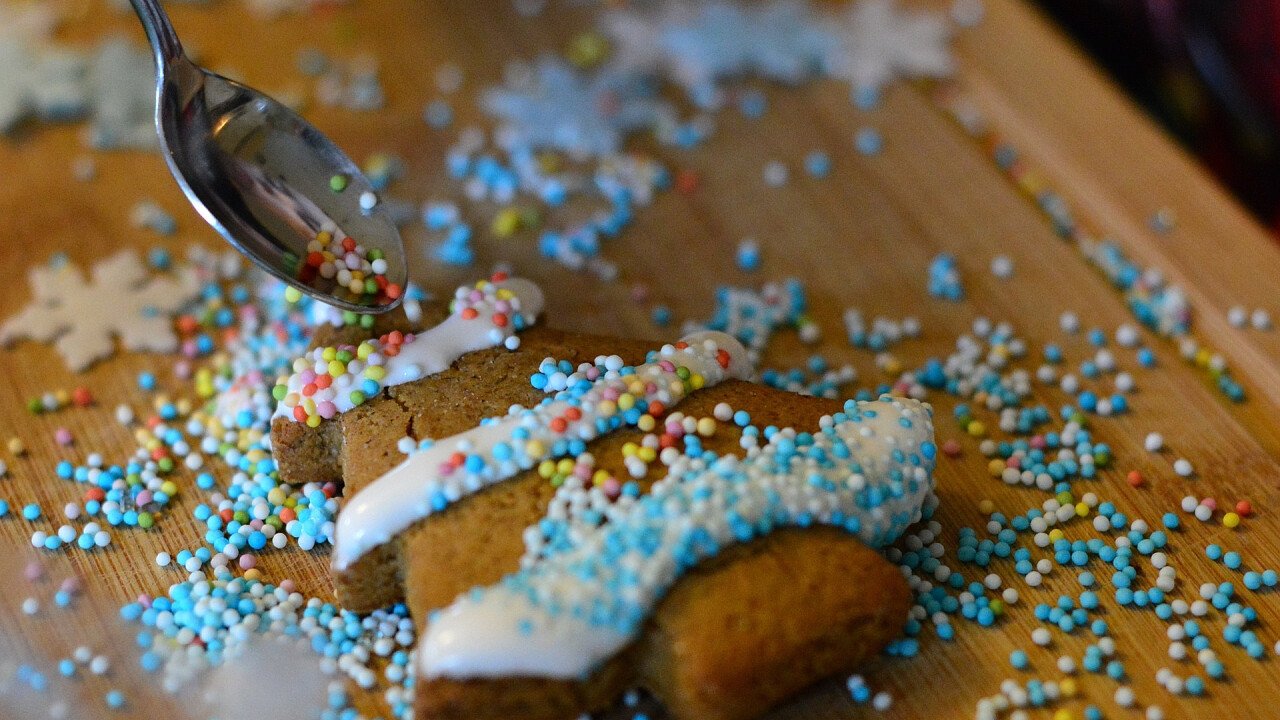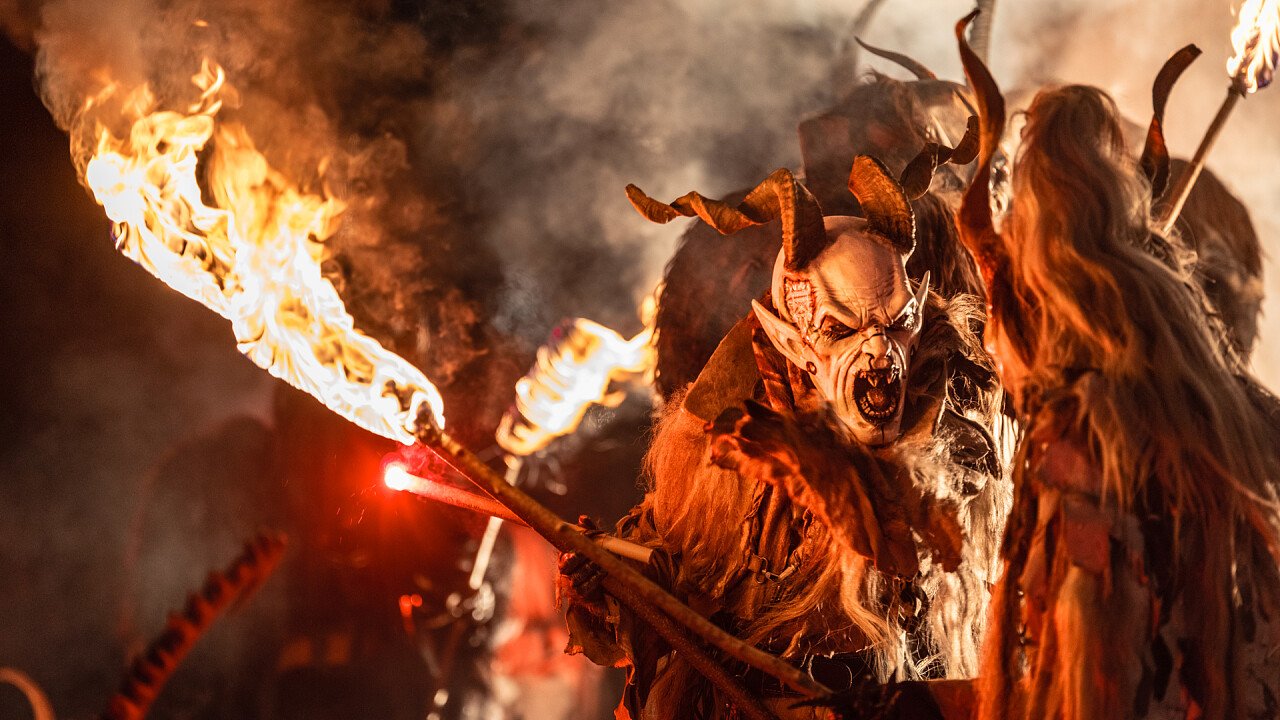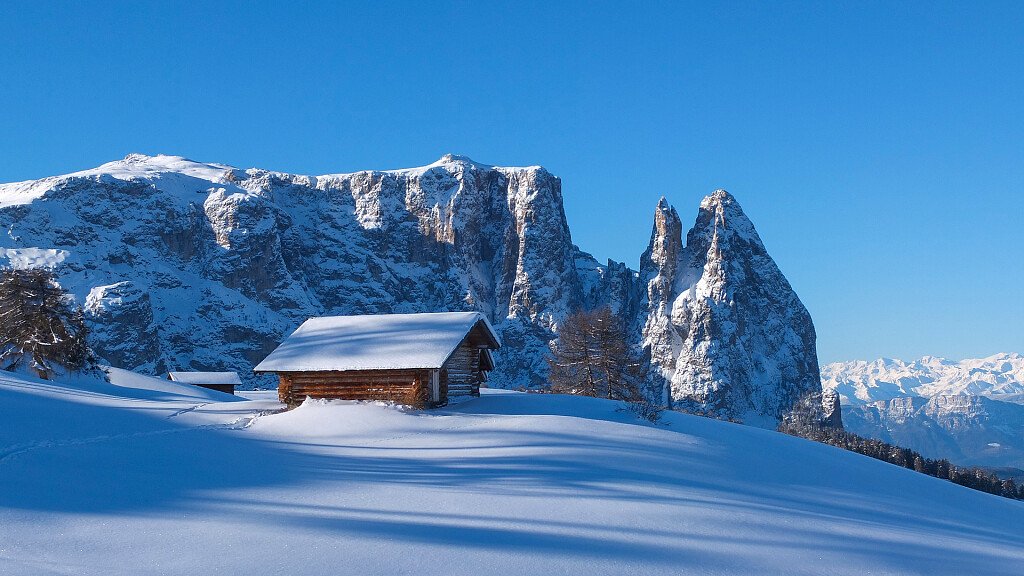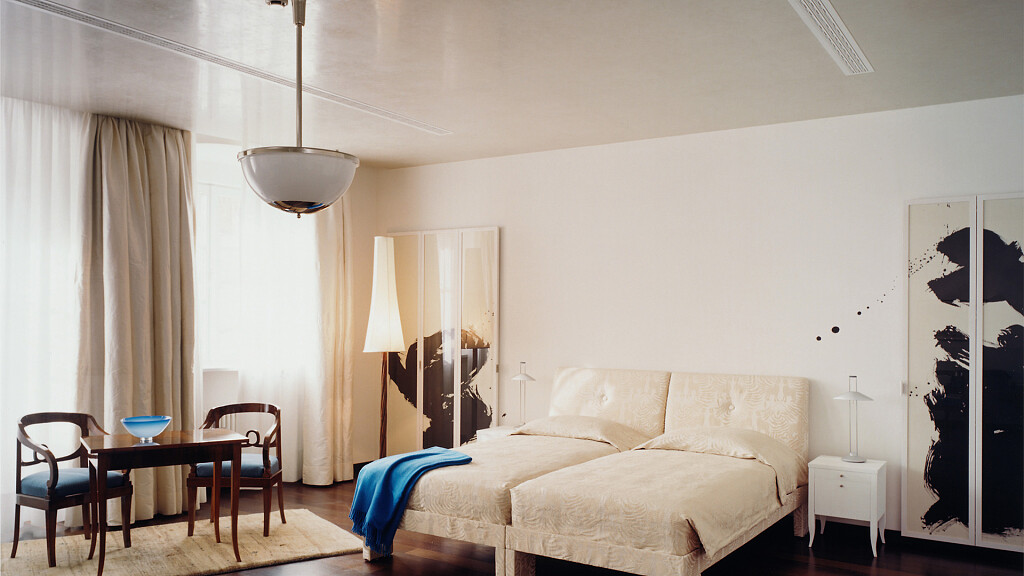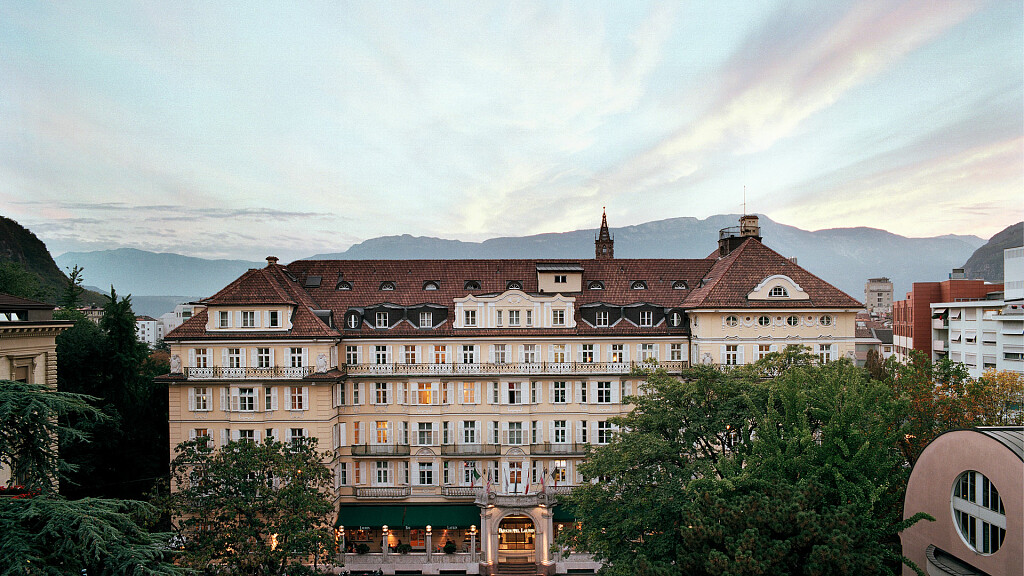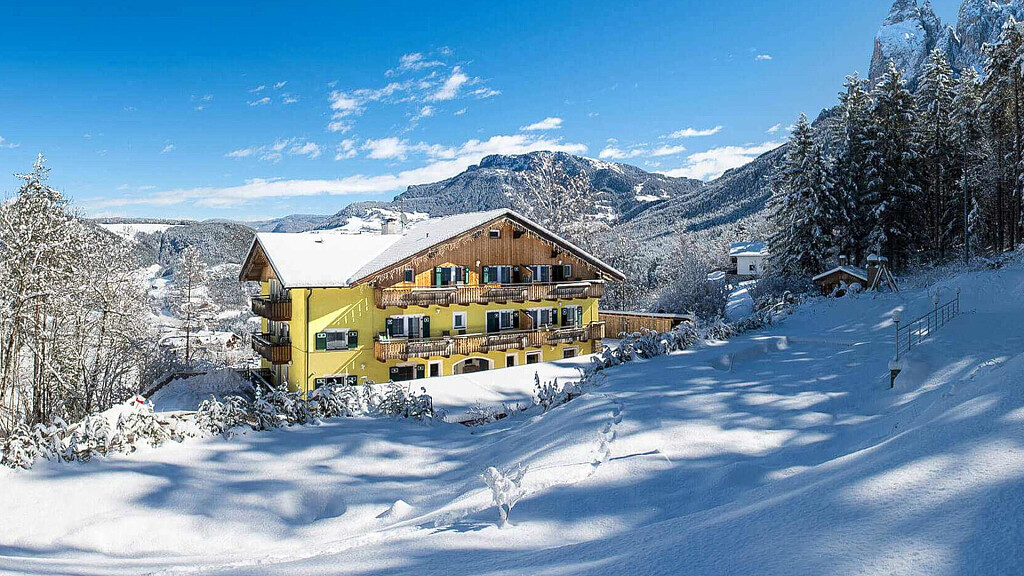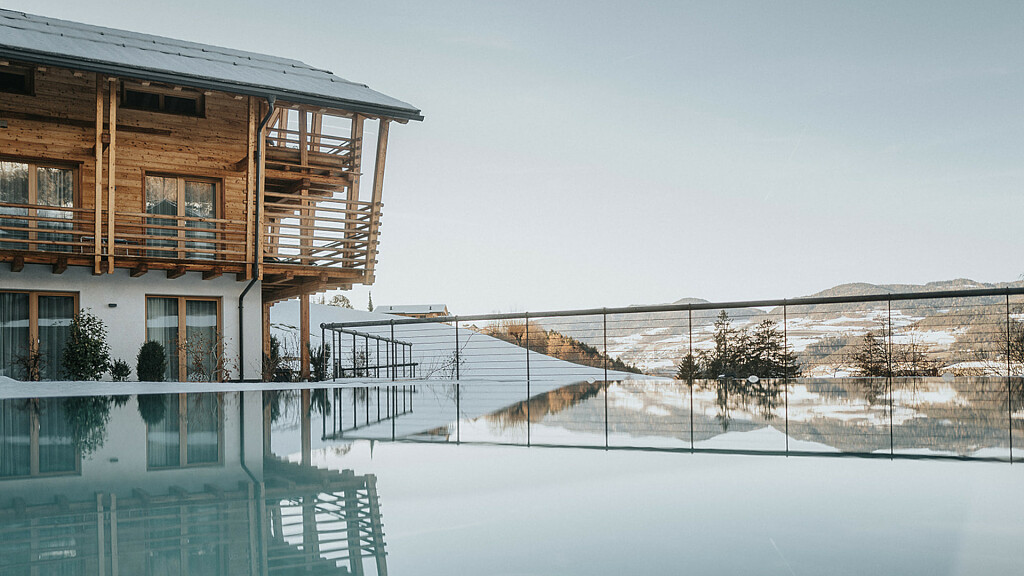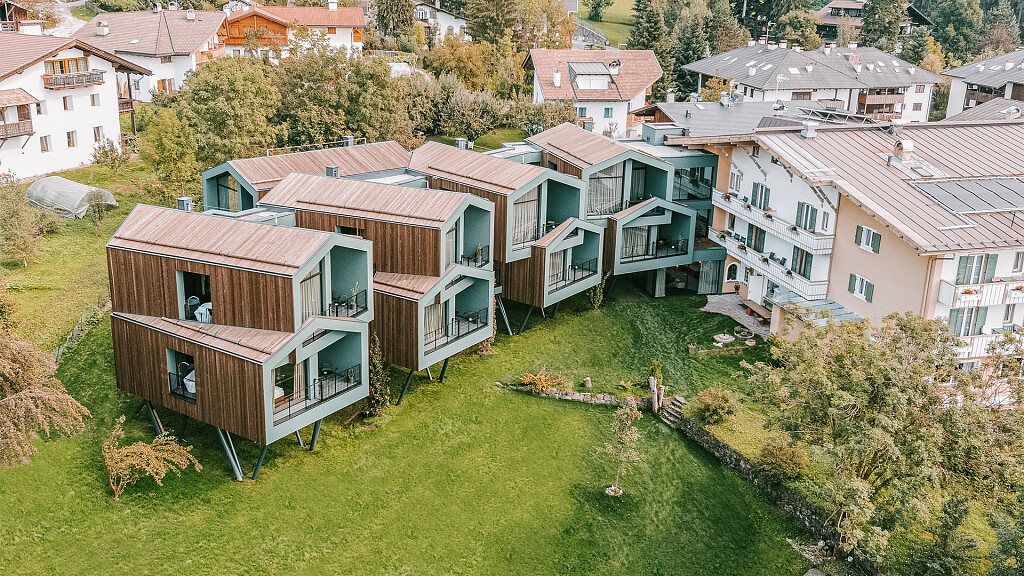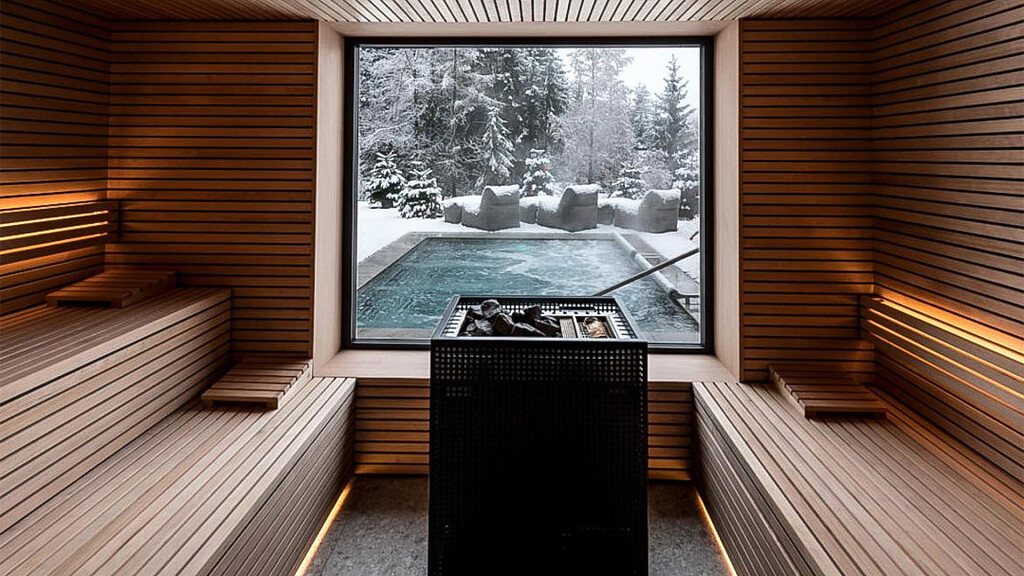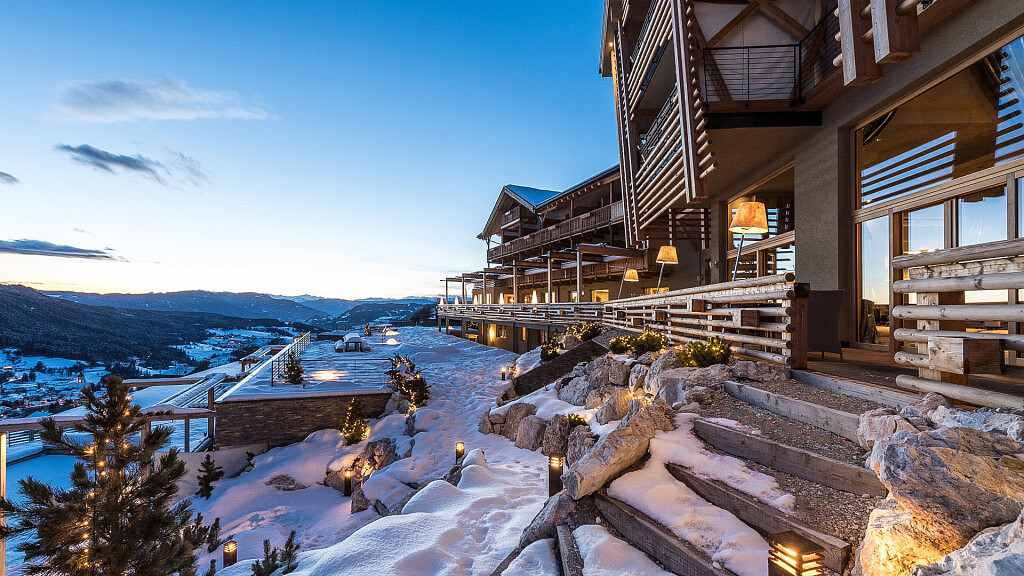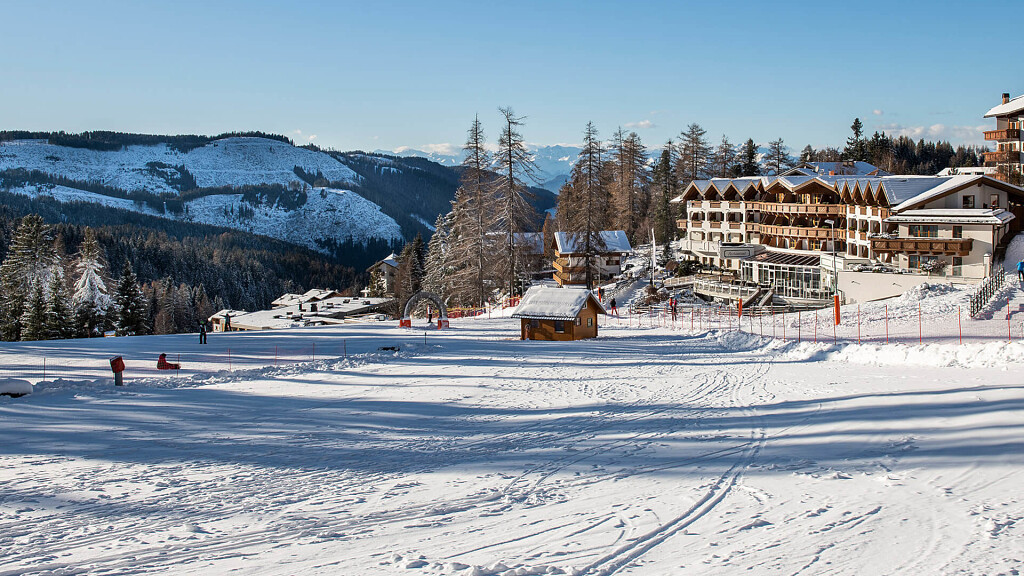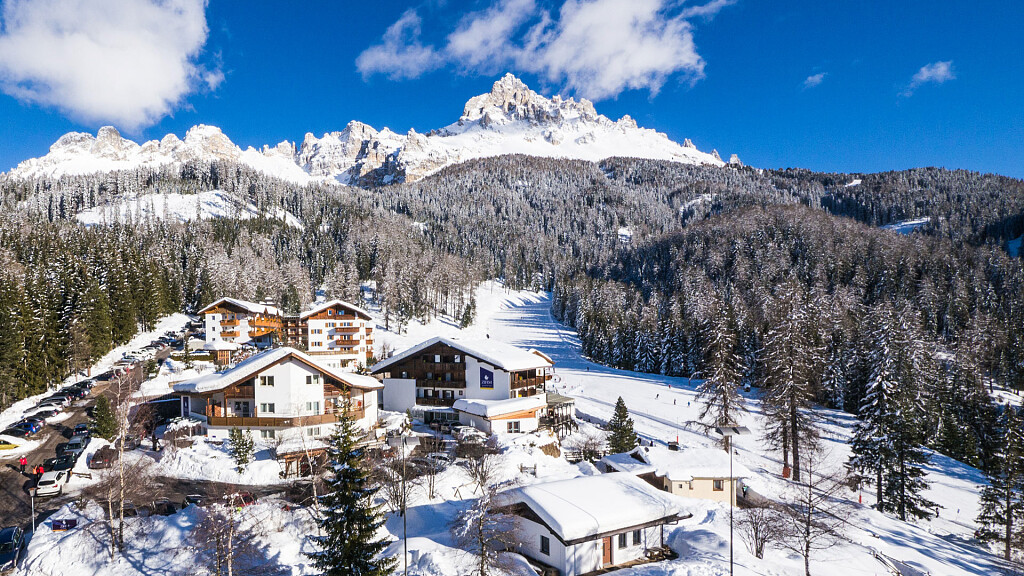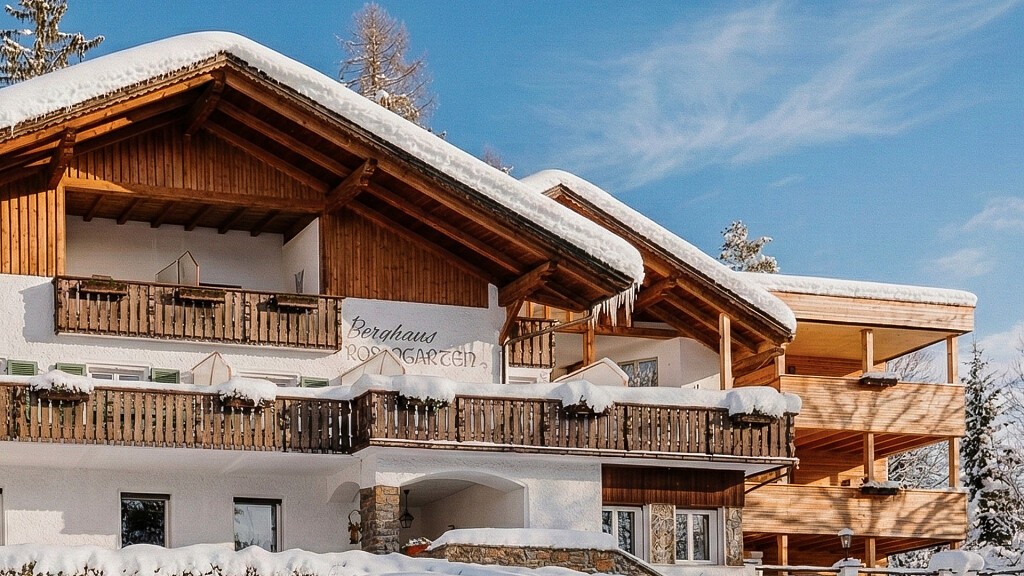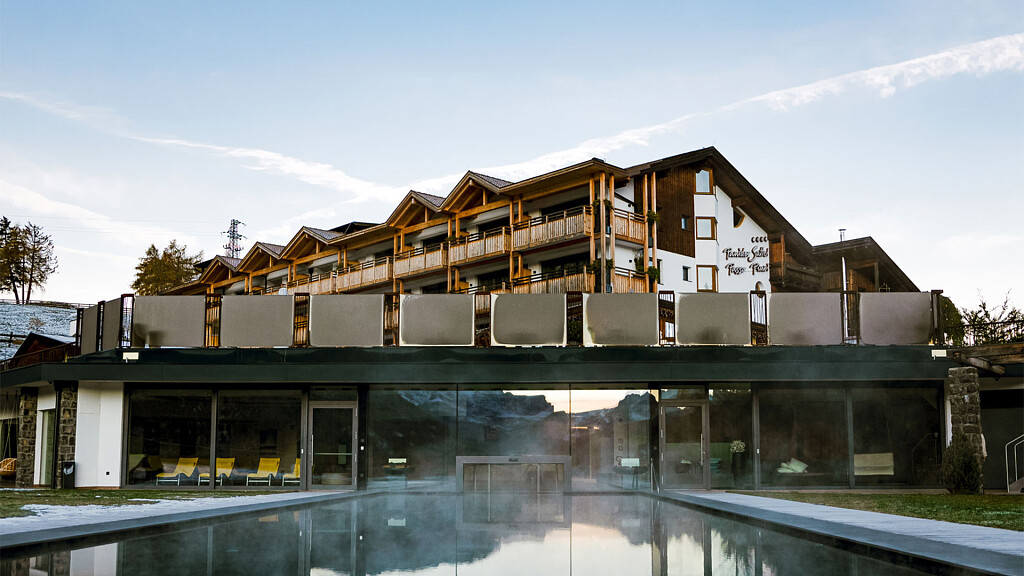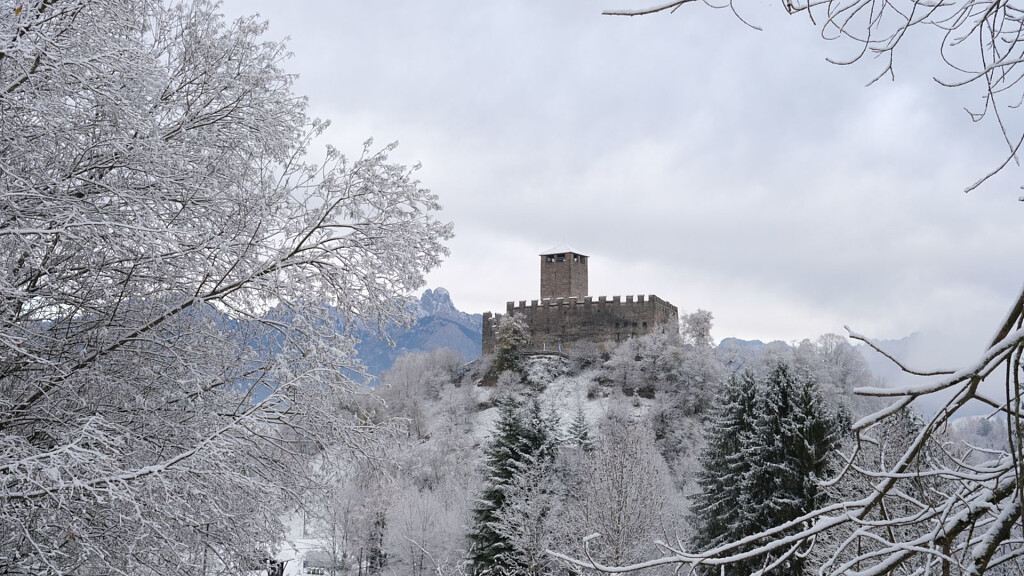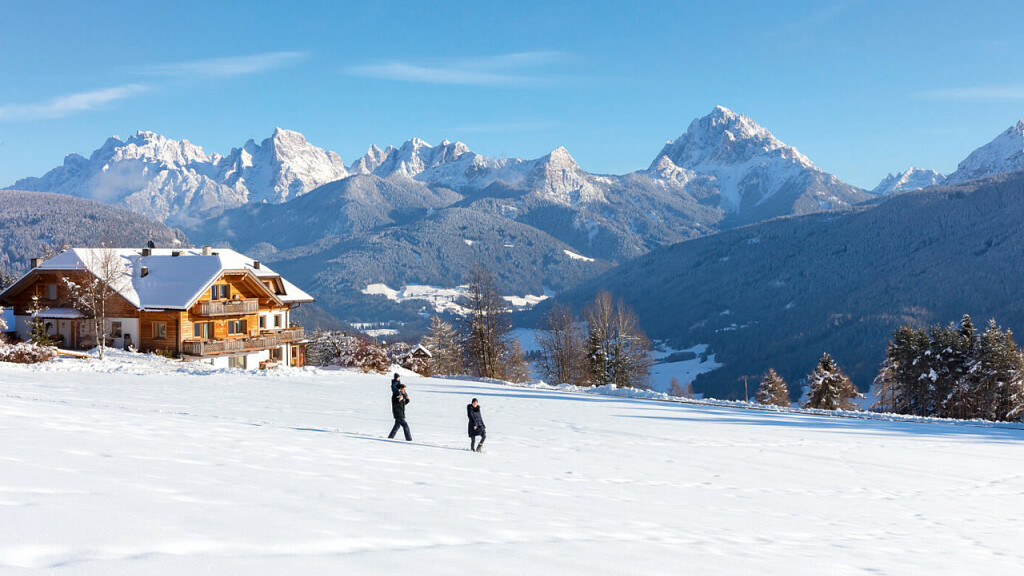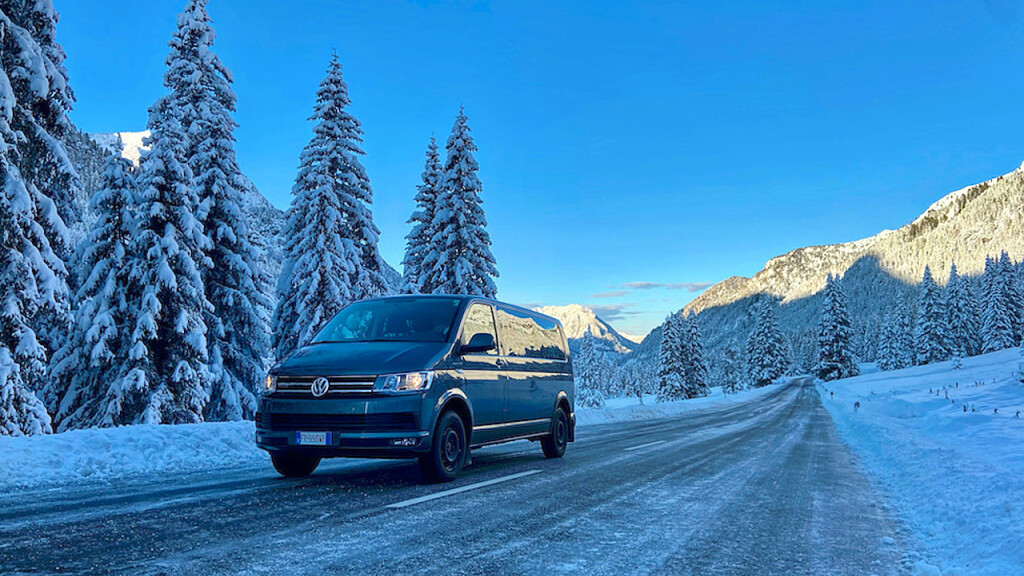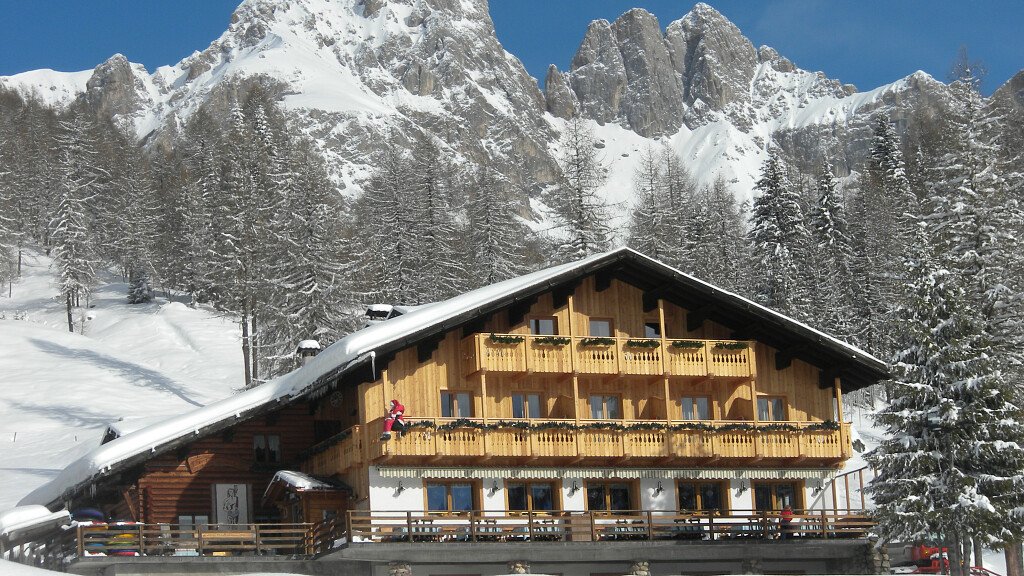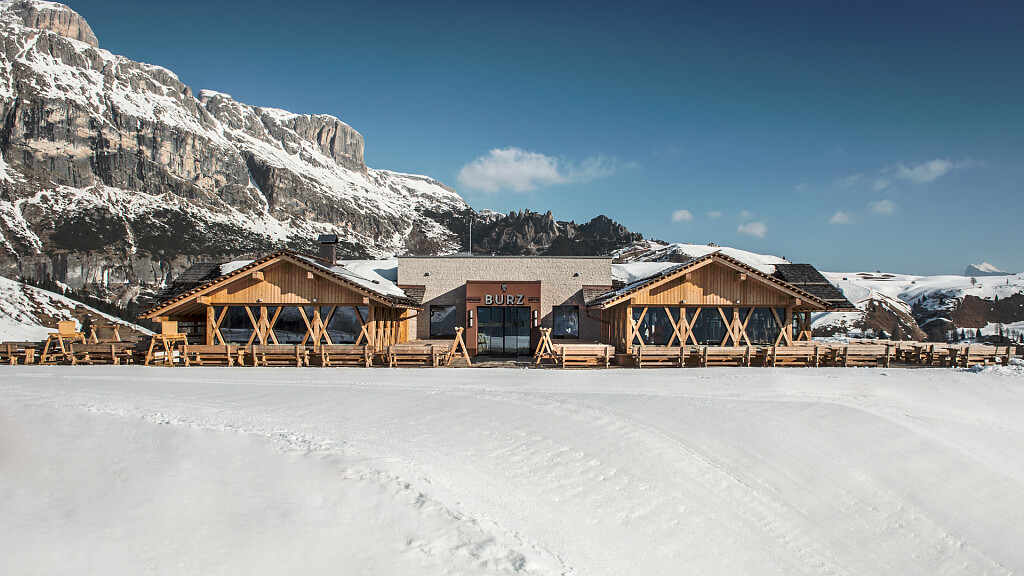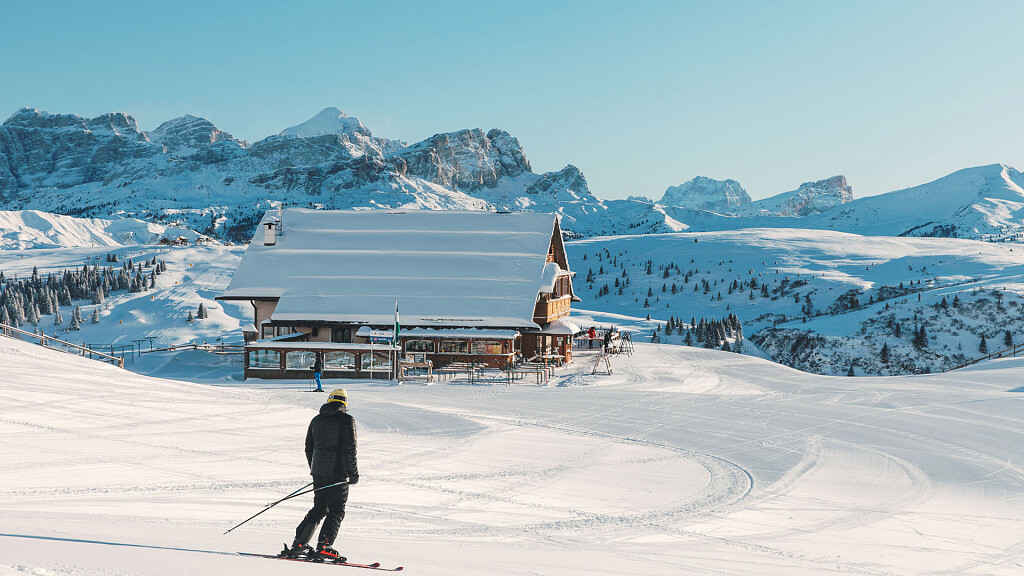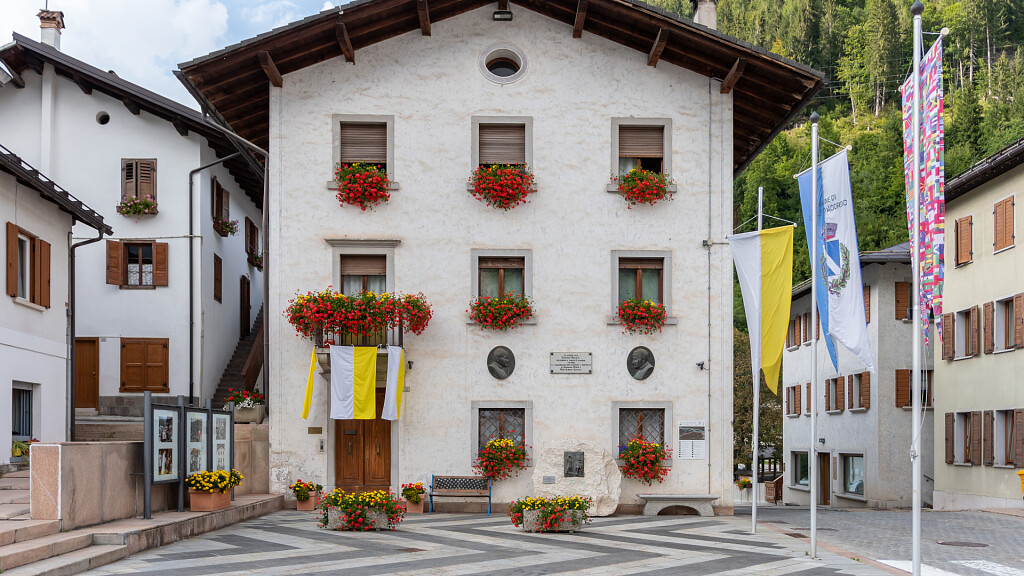For many Christmas is the most magical holiday of the year, especially for children who are looking forward to unwrapping their gifts. Christmas is comprised of an atmosphere, lights, soft sounds, and family serenity. This period is accompanied by many customs and traditions, different from country to country, from north to south: the tree, nativity scene, cakes, Santa Claus, Advent Calendar, Baby Jesus...
In the Dolomites, Christmas is associated with famous markets and many events, although in many places, especially in South Tyrol, Advent is rich in traditions that have been passed down for decades and that make this holiday really special, a moment of intimate, authentic, and simple family life.
From the end of November to the beginning of January the Dolomites become a magical place, with the help of some snow, of course. So why not take advantage of the many offers and immerse yourself in the traditions, gestures, and ancient rituals of Christmas in Trentino and South Tyrol?
Traditions in Trentino and South Tyrol: what are they?
Some are certainly well-known and common in several countries; others are very unique and often date back to ancient medieval / pagan customs still practiced today.
- Christmas tree. It is one of the primary symbols of Christmas and represents the hope and light Jesus gave to man. The tree is decorated with lights or candles that represent light, while golden fruits and sweets point to spiritual life and love. Only the best decorations are chosen. The tree will be lit on Christmas Eve and shine until January 6, when it is usually decommissioned. In South Tyrol there are two ways to decorate the tree: the peasant way, with ribbons and red threads to which small red apples and hay ornaments are hung, including the famous star made from wood or bread dough; or the town way, with glass balls, white and silver candles, and silver or gold festoons.
- Advent crown. It can be purchased or easily made by hand. The traditional one is made with white spruce branches or braided vines and 4 candles that indicate the Sundays of Advent. The branches are then decorated with bows, ribbons, pine cones, berries, spices and other decorations. Every Sunday a candle is lit and the family reunites to pray, recite a rhyme, or sing a song "Advent, advent, a light shines, first one, then two, ..." ("Advent, Advent, ein Lichtlein brennt ...")
- Advent calendar. It's a special calendar that all the kids have in the month of December. Every day, from the first to the 24th, children open a window in which you can find designs or images related to Advent and the Nativity, or treats, candy, or chocolates.
- Christmas markets. In South Tyrol and Trentino, from late November to early January, many localities enrich themselves with wooden decorations and stalls where you'll find local and artisan products.
- Klöckeln. An old tradition that dates back to the 16th century and has remained unchanged to this day in Val Sarentino and in Val Venosta. The word comes from clopfen (knock) and glocke (bell). All three Thursdays during Advent, a group of people with hand-made masks, bells, costumes, and original musical instruments go house to house following the Zussler, the groom and the bride, knocking on doors and making lots of noise for the purpose of collecting offerings. In exchange, old melodies are sung. It is believed that the bigger the participation, the better the grain harvest will be the following year.
- Saint Nicholas and the Krampus. The good old white bearded man, miter on head, and pastoral stick at hand, bring gifts between December 5 and 6. If he comes at night, it's tradition to leave him salt for the donkey, a glass of grappa, and a saucer with white flour that the saint will use to cover his footprints. If he comes out during the day, he is accompanied by an angel and a loud parade of Krampus: devils with horns and a goat semblance that scare the little ones, but also the adults, with their whips and screams.
- “Strozegada” for Santa Lucia. During the night between December 12 and 13 in various areas of Trentino, the arrival of the saint is preceded by torch lit ceremonies, during which "strozeghe," tins and cans tied together, are dragged through the streets and the piazzas in order to draw the attention of Santa Lucia, who then leaves baskets with dried fruits, candy and gifts for children of each house.
- Baby Jesus. In South Tyrol on December 24th, the "Christkind" brings gifts to all good children. That day, the children go to Mass at 4 pm, while an adult stays at home waiting for the arrival of the Baby Jesus. When children return from Mass with a candle of Bethlehem, before opening gifts, they have to wait for the sound of a doorbell indicating that they can open them.
- Nativity Scenes. This is another deep rooted tradition, not only in South Tyrol, but also in Trentino. In Val Gardena, famous for its nativity scenes and the production of wooden statues, and in the Valleys of Tures and Aurina, you'll be able to admire some real wooden works of art. The whole family takes part in the nativity creation using not only wooden or clay figurines, but also colorful cardboard cutouts made by the children. Even in Trentino, the tradition of the nativity is very much observed, as in Tesero, in Val di Fiemme. There is no lack of living nativity scenes either.
- Nights of smoke. On the evenings of December 24 and 31 and January 6 it is tradition in South Tyrol to bless the house and family. The dad, followed by other family members who carry Holy water and a branch, walks throughout the house with incense, smoking out evil spirits and invoking good ones. The hot embers from the wood burning stove are then placed on a pan to burn blessed incense that is spread throughout the house, barn, and stable.
- Sternsinger or Carolers of the Stars. Children or adults dressed up as the Magi, who in the first days of the new year travel around town going house to house, singing Christmas carols and gathering offers for some missionary or social project. To those who give them something, they give charcoal, incense and chalk in return. The first two must be warmed up to bless one’s home, the chalk must be used to write 20 + C + M + B and the last two digits of the year on the door of the houses and stables. The C + M + B letters indicate either the names of the Magi (Caspar, Melchiorre and Baldassare) or the Latin script "Christus Mansionem Benedicat" - Christ bless this house.
- Desserts. A typical Christmas sweet of the Dolomites is Zelten, a sweet bread with a filling of figs, almonds, nuts, honey, candied fruit ... There is also the Lebkuchen, traditional Tyrolean Christmas cookies in the shapes of Christmas trees, stars, or hearts flavored with cinnamon, and last but not least the Spitzbuben.
- Mulled Wine: it's the quintessential Christmas drink that helps fight off the cold, warms you up, and emits strong Christmas scents; comprised of red wine, sugar, and various spices like cinnamon and orange peel, and an easy recipe to prepare.
Events and itineraries during Advent
Advent in the Dolomites is filled with magical events, first and foremost the many Christmas Markets, each with its own charm and story. If you don’t want to miss the Original South Tyrolean Christmas Markets, follow the “Path of the Five Stars”. And if you are in Val Gardena, you can experience the Christmas Valley, the Dolomites’ very own valley of Christmas.
In South Tyrol, the events celebrate tradition, culture, and cuisine. Don’t miss the spectacular Krampus parades taking place throughout the region, or the Klöckeln tradition in Val Sarentino.
In Trentino, Santa Claus awaits all children in his house in Riva del Garda, while in Tesero you can admire the famous nativity scenes.
In the Belluno area, Cortina d’Ampezzo becomes a glamorous destination with the prestigious Cortina Fashion Weekend.

